Idea by
Lucie Libotte
Call for ideas 2016
Dust Matter (s)
Dust Matter (s)
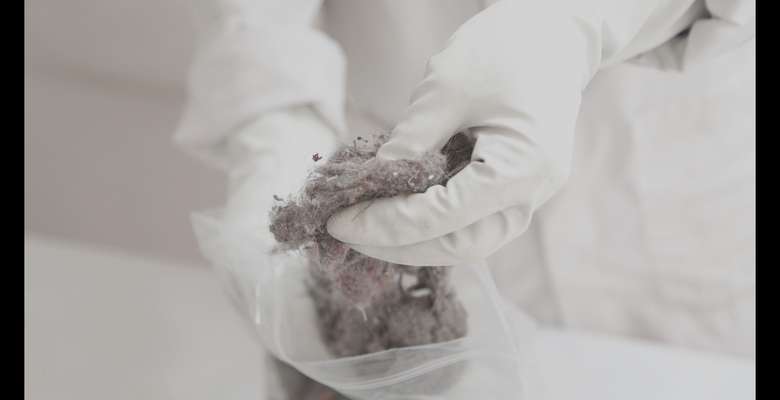
Domestic dust has always had negative connotations in the context of social behaviours, health, environment and science. A study shows that we produce an average 18.14kg of dust a year per house. Dust cannot be perished, it can only be displaced. It has never been positioned within the schemes of resource. Dust is in essence the passage of time; the elemental profile of the epochal matter varies on the lifestyle and activities of the inhabitants, revealing information about our private sphere and the environment – geology, history and material identity of place.
We experimented with the dust sample as ceramic ‘glaze’ through purification method.
The discarded grey particles as we know is transformed into tangible objects with unique and informative aesthetic for the architectural domain, promoting a new appreciation and awareness of our materiality environment; as analytical artifacts of a contextual past for future contemplation and reference.
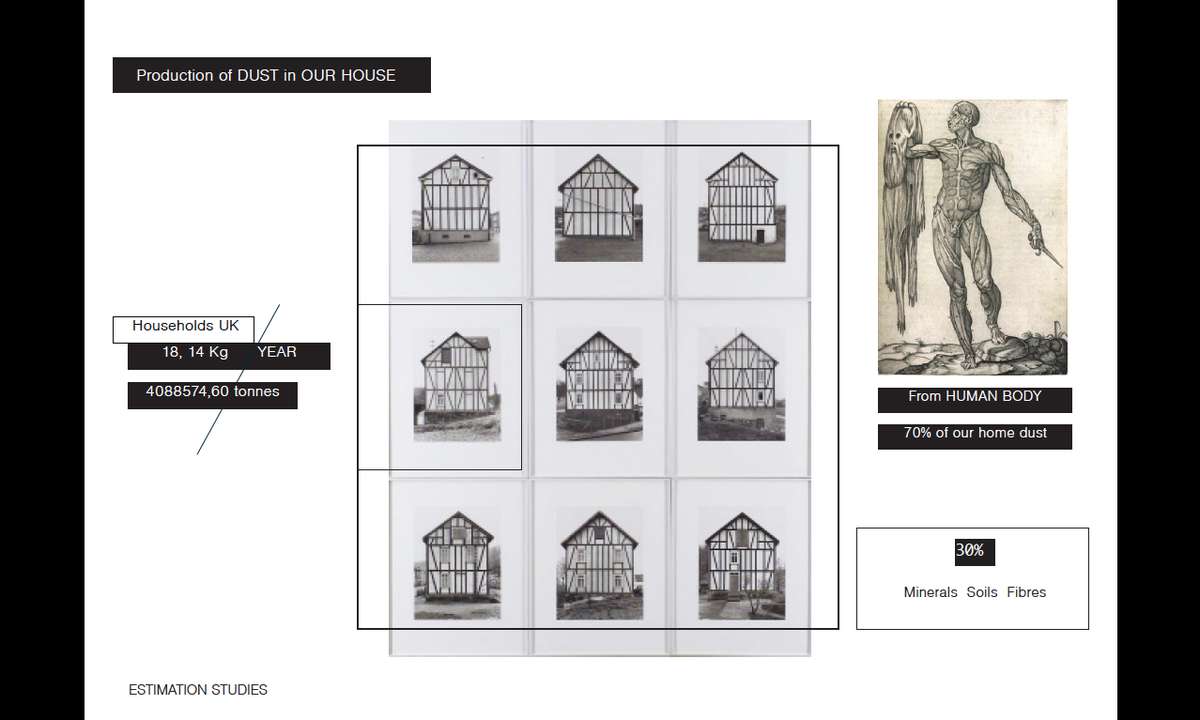
An estimated study that can lead us to think about how to reuse this discarded matter
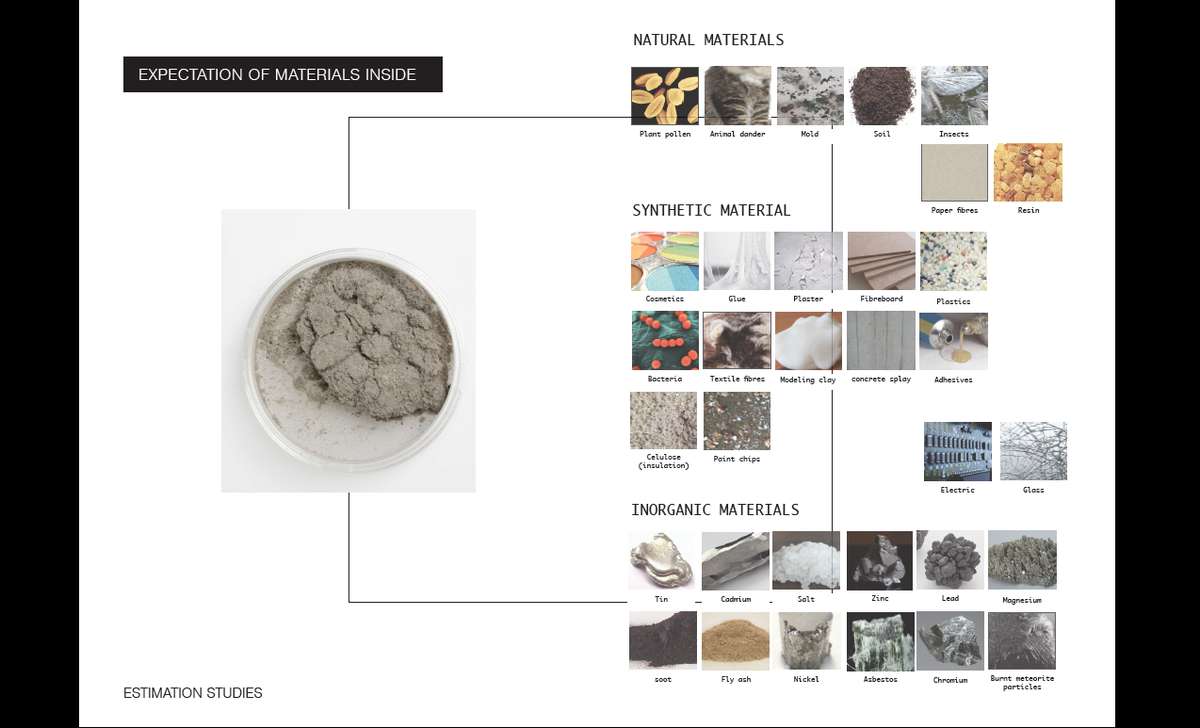
The main components that makeup the materiality of dust within our living domain
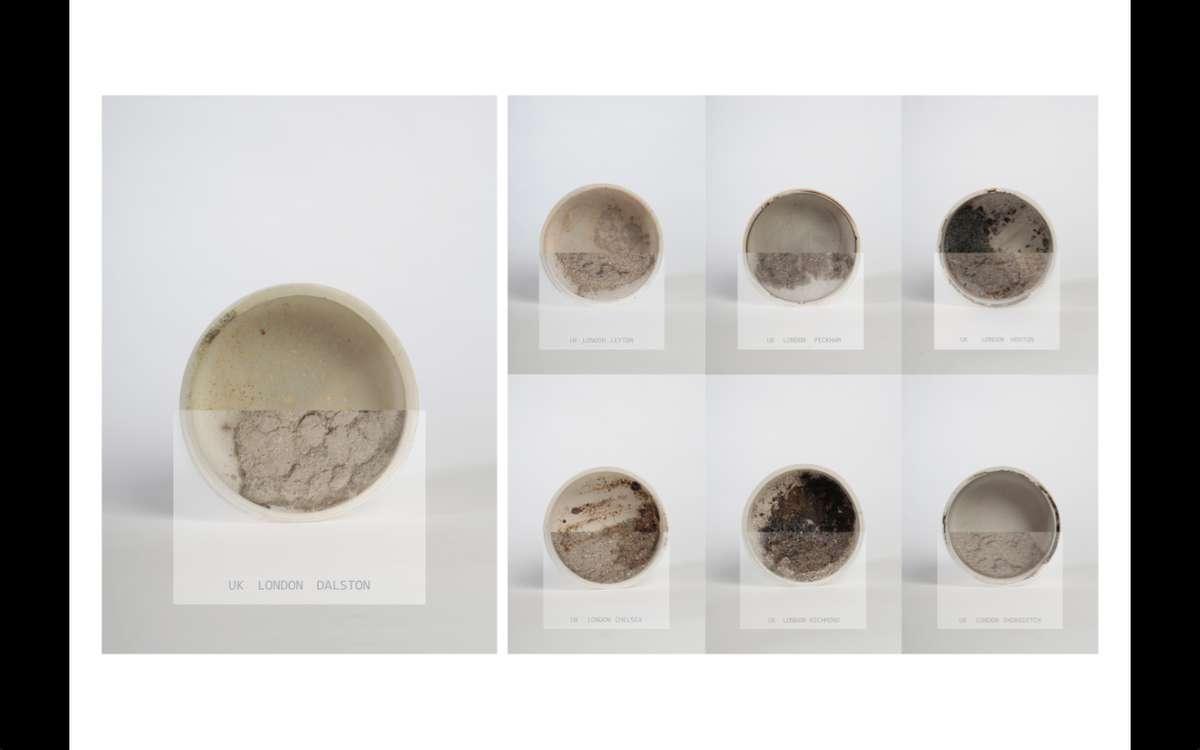
The result of dust collected from various homes in London underwent ceramic purification method
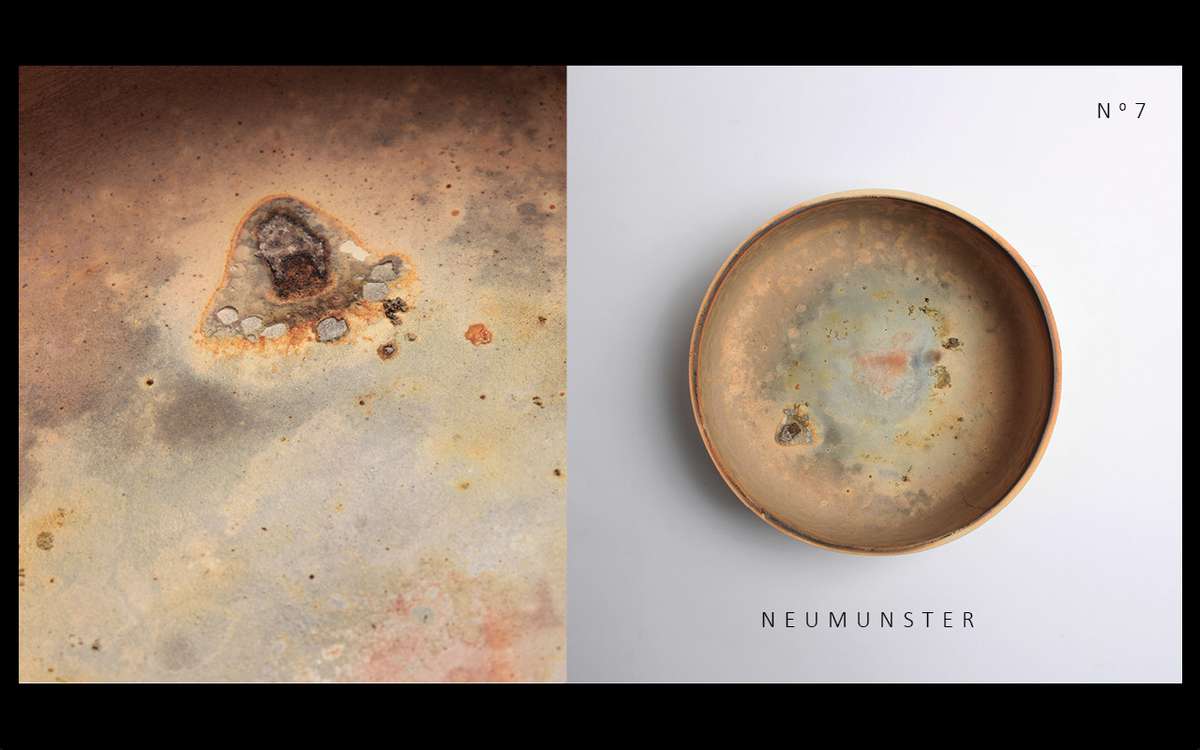
A close up on the outcome of dust transformed into ceramic glaze
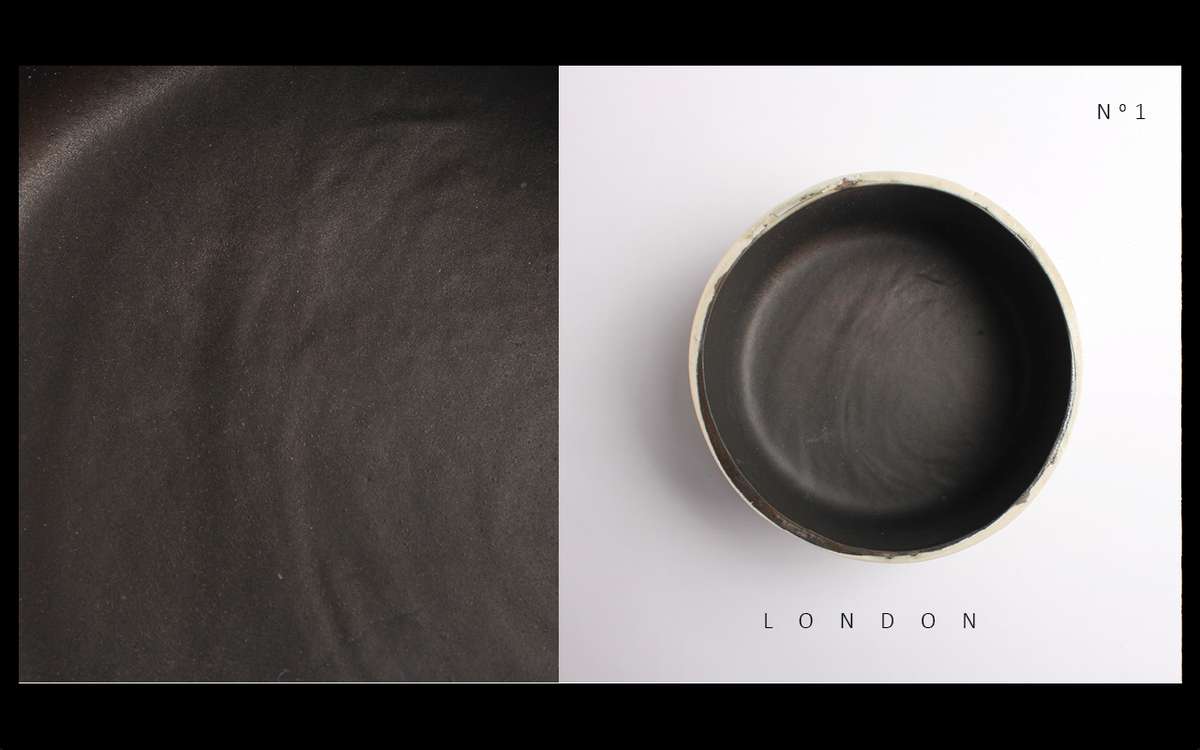
A close up on the outcome of dust transformed into ceramic glaze
Dust Matter (s)
Dust Matter (s)

Domestic dust has always had negative connotations in the context of social behaviours, health, environment and science. A study shows that we produce an average 18.14kg of dust a year per house. Dust cannot be perished, it can only be displaced. It has never been positioned within the schemes of resource. Dust is in essence the passage of time; the elemental profile of the epochal matter varies on the lifestyle and activities of the inhabitants, revealing information about our private sphere and the environment – geology, history and material identity of place.
We experimented with the dust sample as ceramic ‘glaze’ through purification method.
The discarded grey particles as we know is transformed into tangible objects with unique and informative aesthetic for the architectural domain, promoting a new appreciation and awareness of our materiality environment; as analytical artifacts of a contextual past for future contemplation and reference.
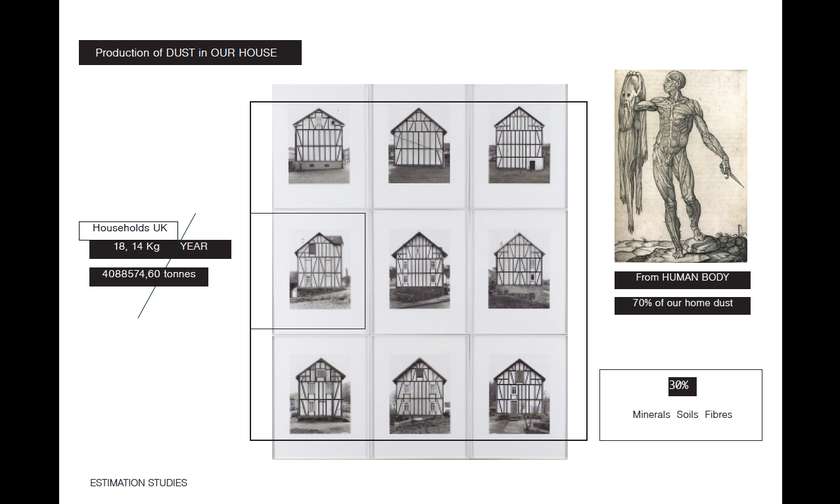
An estimated study that can lead us to think about how to reuse this discarded matter
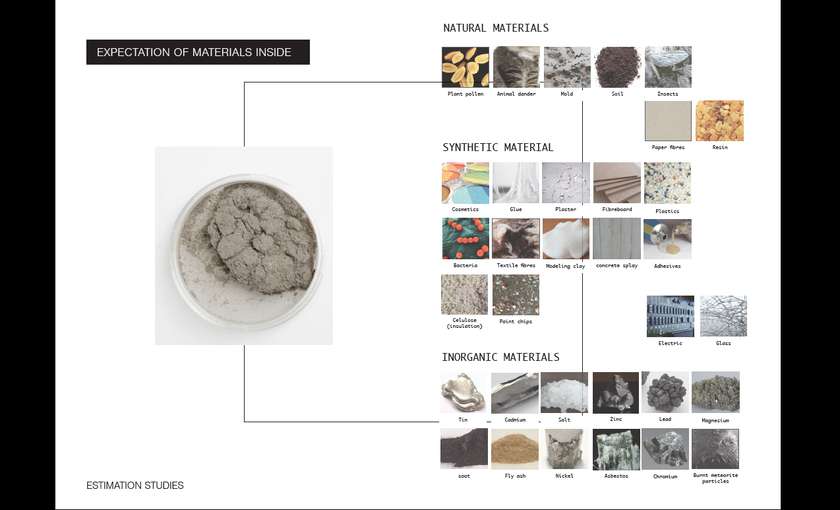
The main components that makeup the materiality of dust within our living domain

The result of dust collected from various homes in London underwent ceramic purification method
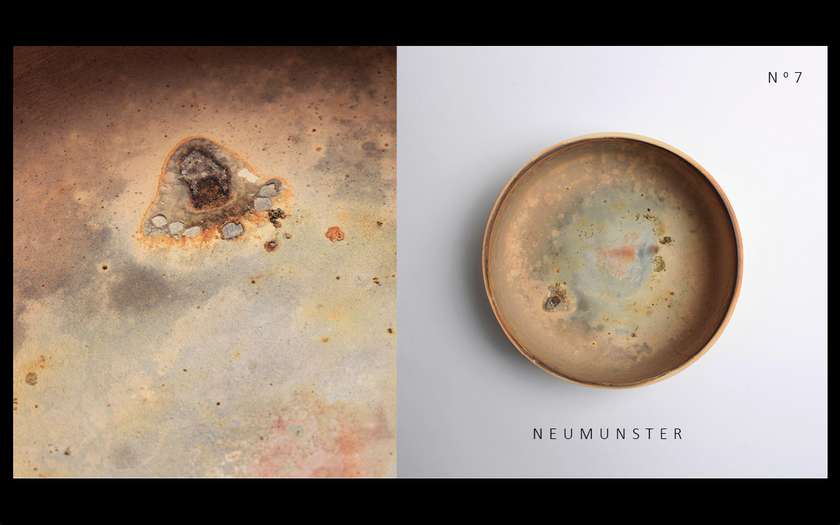
A close up on the outcome of dust transformed into ceramic glaze
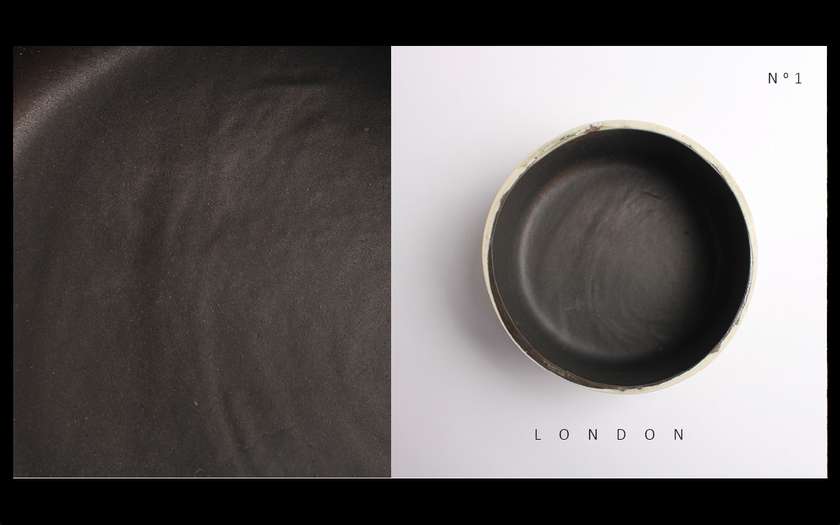
A close up on the outcome of dust transformed into ceramic glaze